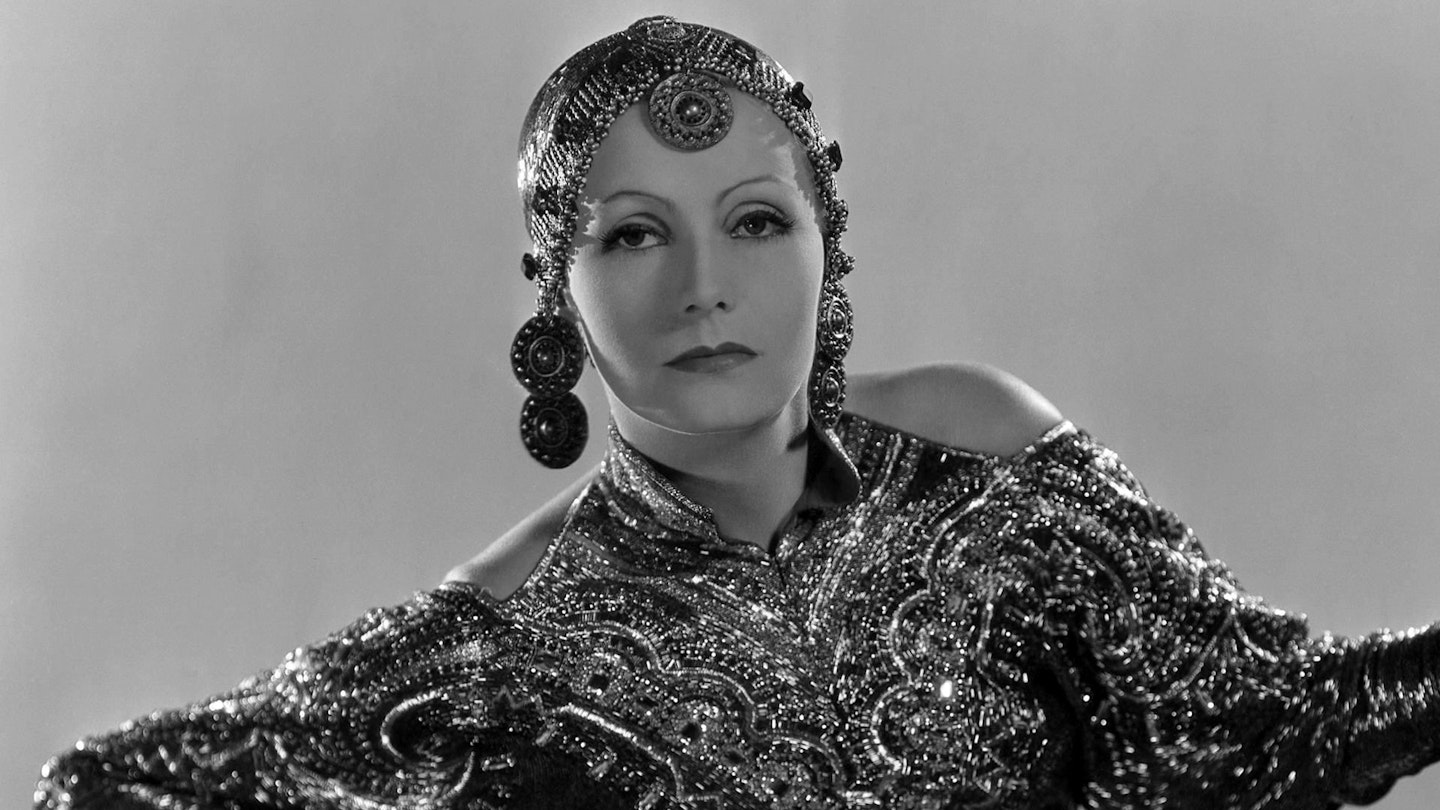Greta Garbo's 18th feature is now regarded as one of her weakest. Yet, on its original release, it caused more than a minor ripple, as the Swedish superstar not only performed a sensuous dance, but also turned off the lights on two torrid love scenes with Latin lothario, Ramon Novarro.
Very much the rival of Garbo's favourite co-star, John Gilbert, Novarro had made his name by alternating between silent adventures like The Prisoner of Zenda and Ben-Hur and such exotic romances as The Arab and The Student Prince in Old Heidelberg. However, like Gilbert, he was one of MGM's fading stars and he needed this film to be a success following a series of undistinguished Talkies. But, while he conveys a suitable sense of dashing heroism, Novarro lacks the swagger to hold his own against Garbo, who compensated for her own miscasting by turning on the mysterious allure that was the secret of her off-screen persona.
Dressed in a spiked turban and a highly revealing gown, she looked distinctly uncomfortable during her opening exotic gyrations, especially when she has to wrap herself around a giant statue of Shiva. But, she was much more at home suffering the exquisite agonies of sacrificing herself for love in a manner more akin to Camille than the real Margaret Zella MacLeod, the Dutch dancer who had become the most notorious female participant in the First World War.
Indeed, Garbo's best scenes have her alternating between caprice and vulnerability, as she negotiates with competing spy masters Lionel Barrymore and Lewis Stone. In his fifth and penultimate collaboration with Garbo, the latter (who had previously crossed swords with Novarro in the swashbuckler, Scaramouche) gives a splendidly callous performance that stands in stark contrast to his turns as Mickey Rooney's indulgently sage father in the Andy Hardy series.
